Home>Garden Essentials>How Long Does It Take For Lima Beans To Germinate
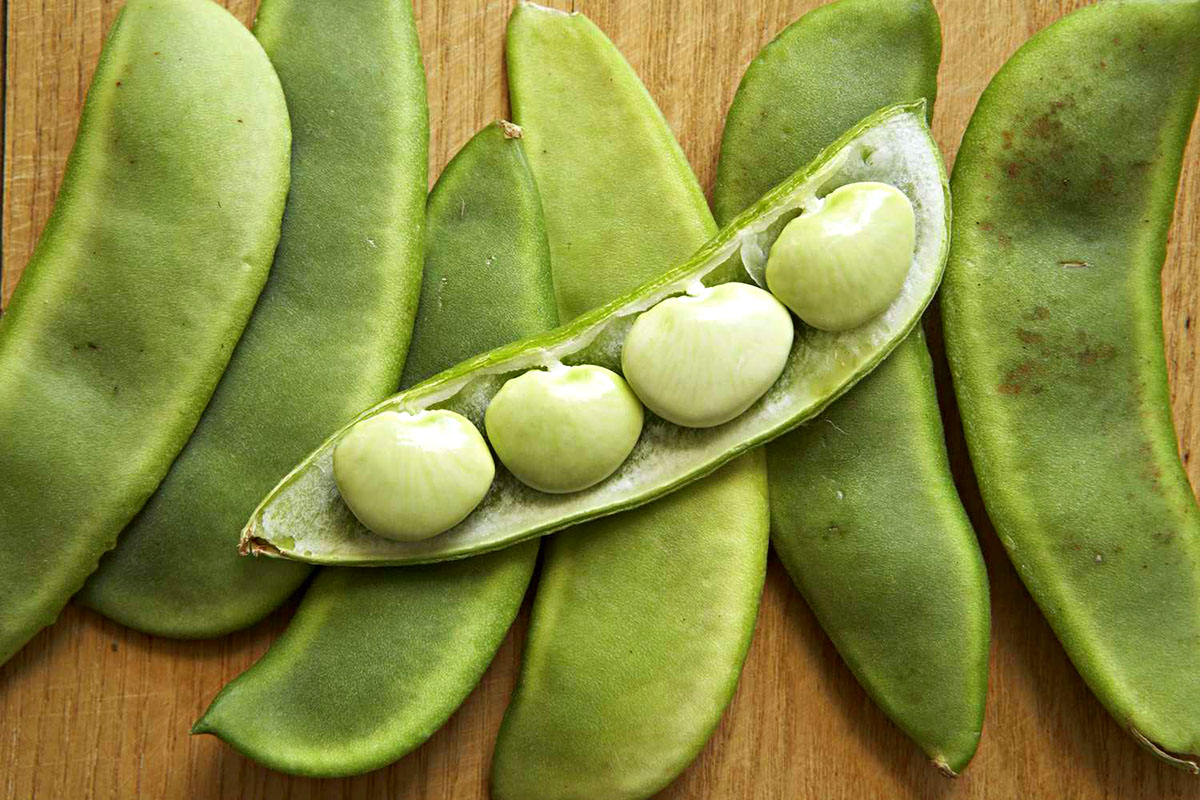

Garden Essentials
How Long Does It Take For Lima Beans To Germinate
Modified: March 15, 2024
Learn how long it takes for Lima beans to germinate in your garden, and get expert tips for a successful bean-growing experience.
(Many of the links in this article redirect to a specific reviewed product. Your purchase of these products through affiliate links helps to generate commission for Storables.com, at no extra cost. Learn more)
Introduction
Welcome to the world of gardening, where the journey from a tiny seed to a flourishing plant is nothing short of extraordinary. If you’re a gardener, you’re probably familiar with the excitement and anticipation that comes with planting seeds and watching them germinate. One such seed that captivates gardeners with its growth process is the Lima bean.
Lima beans, also known as butter beans, are a delicious and nutritious addition to any vegetable garden. These legumes not only provide a rich source of protein and fiber but also offer a unique and satisfying flavor. Whether you’re a seasoned gardener or just starting out, understanding the germination process of Lima beans can help you optimize your gardening efforts and achieve successful growth.
In this article, we’ll explore the factors that affect Lima bean germination, the ideal conditions for their growth, the time it takes for them to germinate, and valuable tips for expediting the germination process. By the end, you’ll be armed with the knowledge and strategies to maximize the success of your Lima bean crop.
Key Takeaways:
- Lima beans take around 7 to 14 days to sprout, but factors like temperature and moisture can affect the germination time. Patience and proper care are essential for successful growth.
- To speed up Lima bean germination, consider pre-soaking the seeds, warming the soil, and ensuring proper watering. Avoid common mistakes like planting too early or overwatering for a thriving crop.
Factors Affecting Lima Bean Germination
Germination is a complex biological process influenced by various factors. Understanding these factors can help you provide the best conditions for Lima bean germination. Here are the key factors to consider:
- Temperature: Lima beans thrive in warm soil conditions. The optimal temperature range for germination is between 75°F and 85°F (24°C and 29°C). Cooler temperatures can significantly slow down germination, while higher temperatures can potentially damage the seeds.
- Moisture: Adequate moisture is crucial for Lima bean seeds to germinate. They require enough moisture to soften the seed coat and initiate the germination process. However, excessive moisture can cause the seeds to rot. It is important to strike a balance by ensuring the soil is consistently moist, but not waterlogged.
- Light: Lima bean seeds do not require light to germinate. In fact, they prefer a dark environment. Planting the seeds too close to the surface or exposing them to direct sunlight can hinder germination. Ensure that the seeds are planted at the recommended depth of around 1 to 1.5 inches (2.5 to 3.8 cm).
- Air circulation: Good air circulation is essential for Lima beans to germinate successfully. Proper airflow prevents the growth of fungal diseases and allows oxygen to reach the seeds. Avoid overcrowding the seeds and provide adequate spacing between plants to promote air circulation.
- Soil pH and fertility: Lima beans prefer slightly acidic to neutral soil with a pH range of 6.0 to 7.5. Before planting, it’s important to ensure the soil is well-draining and fertile. Incorporate organic matter such as compost or well-rotted manure to improve soil fertility and provide essential nutrients for germinating seeds.
- Seed quality: The quality of the Lima bean seeds can greatly impact germination success. Choose high-quality seeds from a reputable source to ensure better germination rates. Look for seeds that are plump, firm, and free from damage or disease.
By taking these factors into consideration and providing the optimal conditions, you can greatly increase the chances of successful Lima bean germination. Now, let’s explore the ideal conditions required for their growth.
Ideal Conditions for Lima Bean Germination
To maximize the germination success of Lima beans, it’s important to create an environment that meets their specific requirements. Here are the ideal conditions for Lima bean germination:
- Soil: Lima beans prefer well-draining soil that is rich in organic matter. It should be loose and crumbly, allowing the roots to penetrate easily. Before sowing the seeds, prepare the soil by removing any weeds, loosening it with a garden fork, and incorporating compost or aged manure to enhance its fertility.
- Temperature: As mentioned earlier, Lima beans thrive in warm temperatures. Aim for a soil temperature between 75°F and 85°F (24°C and 29°C) for optimal germination. You can use a soil thermometer to monitor the temperature and ensure it remains within the ideal range.
- Light: Lima beans do not require light during germination, so you can sow the seeds at a recommended depth of 1 to 1.5 inches (2.5 to 3.8 cm). Planting them too deep may delay emergence, while planting them too shallow can result in poor germination rates.
- Moisture: Keeping the soil consistently moist is crucial for Lima bean germination. After planting the seeds, water the soil gently to ensure it is evenly moist. Avoid overwatering, as excessively wet conditions can lead to seed rot. Check the moisture levels regularly and water as needed to maintain the proper moisture balance.
- Air circulation: Good air circulation is essential for preventing fungal diseases and promoting healthy germination. Avoid overcrowding the plants by providing the recommended spacing between rows and individual plants. This allows air to move freely around the seedlings and prevents the build-up of moisture.
By creating these ideal conditions, you’ll provide the Lima bean seeds with the optimal environment for germination. Now, let’s explore how long it typically takes for Lima beans to germinate.
Germination Time for Lima Beans
The germination time for Lima beans can vary depending on several factors, including the quality of the seeds and the prevailing growing conditions. On average, Lima beans take around 7 to 14 days to germinate. However, it’s important to note that this is just an estimate, and the actual germination time can be influenced by various factors.
The temperature plays a significant role in determining the germination time for Lima beans. Higher temperatures in the ideal range of 75°F to 85°F (24°C to 29°C) can expedite the germination process, resulting in faster sprouting. Cooler temperatures, on the other hand, may prolong the germination period.
In addition to temperature, proper moisture levels are crucial for Lima bean germination. The seeds need adequate moisture to soften the seed coat and initiate the growth process. Consistently moist soil helps facilitate this process and can contribute to quicker germination. However, excessive moisture can lead to seed rot and hinder germination success.
It’s important to be patient during the germination process and avoid disturbing the seeds unnecessarily. Lima beans have a sufficient energy supply within the seed to support initial growth, so avoid the temptation to dig up or disturb the seeds to check for germination. Trust the process and allow nature to take its course.
Once the Lima bean seeds have germinated, you’ll notice the emergence of cotyledon leaves, which are the first pair of seed leaves. These leaves provide initial nutrients to the emerging plant until the true leaves develop. As the seedlings continue to grow, you can gradually water them to promote healthy root development and overall plant vigor.
Remember, germination time can vary from one batch of seeds to another, and environmental conditions also play a significant role. By providing the optimal conditions and patience, you can ensure a successful germination process for your Lima bean crops.
Now, let’s explore some helpful tips for speeding up Lima bean germination.
Lima beans typically take 7-14 days to germinate. Keep the soil consistently moist and provide warmth for quicker germination.
Tips for Speeding up Lima Bean Germination
If you’re eager to see your Lima beans sprout and grow, there are several tips you can follow to expedite the germination process. Here are some valuable tips for speeding up Lima bean germination:
- Pre-soaking the seeds: Consider pre-soaking your Lima bean seeds before planting them. Soaking the seeds for 24 hours in lukewarm water can help soften the seed coat and encourage faster germination. Be sure to discard any seeds that float during the soaking process, as they are most likely non-viable.
- Warm the soil: To create a warm environment for germination, cover the planting area with black plastic or a layer of mulch a week before sowing the seeds. This helps to raise the temperature of the soil, creating optimal conditions for Lima bean germination.
- Provide bottom heat: Another way to increase soil temperature is by using bottom heat. You can place seed trays or pots on a propagation mat or heating cable to provide gentle warmth to the seeds. This method can significantly speed up germination for Lima beans.
- Use a germination mat: If you’re starting your Lima bean seeds indoors, using a germination mat can provide consistent warmth and speed up the germination process. These mats provide gentle heat from below, creating an environment similar to the ideal soil temperature for germination.
- Ensure proper watering: Watering consistently and evenly is essential for Lima bean germination. Be sure to keep the soil moist but not waterlogged. Overwatering can lead to seed rot, while underwatering can slow down germination. Monitor the moisture levels regularly and adjust your watering accordingly.
- Protect from cold temperatures: Lima beans are sensitive to cold temperatures, which can slow down germination. If there’s a sudden drop in temperature, cover the seedlings with a protective cloth or row cover to shield them from the cold and prevent any setbacks in germination.
By implementing these tips, you can accelerate the germination process for your Lima beans and see sprouts emerging sooner. Remember that even with these strategies, some variations in germination time are normal. Patience and consistent care are key to successfully growing Lima beans.
Now, let’s take a look at some common mistakes to avoid during Lima bean germination.
Read more: How To Germinate Lima Beans Indoors
Common Mistakes in Lima Bean Germination
While germinating Lima beans is a straightforward process, there are a few common mistakes that gardeners often make. By being aware of these mistakes, you can avoid them and increase the success rate of your Lima bean germination. Here are some common mistakes to watch out for:
- Planting too early: Lima beans are warm-season plants and prefer soil temperatures above 60°F (15°C). Planting them too early when the soil is still cold can lead to poor germination or even seed rot. Wait until the soil has warmed up adequately before sowing Lima bean seeds.
- Planting too deep: While Lima beans should be planted at a depth of around 1 to 1.5 inches (2.5 to 3.8 cm), planting them too deep can result in delayed or weak germination. Planting them too shallow can also expose the seeds to excessive light and hinder germination. Follow the recommended planting depth for optimal results.
- Overwatering: While it’s important to keep the soil consistently moist for Lima bean germination, overwatering can be detrimental. Excessive moisture can lead to seed rot and fungal diseases. Avoid waterlogging the soil and strive for a balanced moisture level that allows the seeds to absorb water without becoming saturated.
- Underwatering: On the other hand, not providing enough water can impede Lima bean germination. Dry soil can prevent the seed coat from softening, hindering the sprouting process. Be mindful of maintaining adequate moisture while avoiding waterlogged conditions.
- Poor seed quality: Using low-quality or old Lima bean seeds can result in lower germination rates. Always opt for fresh, high-quality seeds from reputable suppliers to ensure better germination success. Check the expiration date and choose plump, undamaged seeds for optimal results.
- Crowded planting: Overcrowding Lima bean seeds can hinder germination and lead to poor growth. Give the seeds ample space to spread their roots and allow for proper air circulation. Follow the recommended spacing guidelines and thin out any overcrowded seedlings if necessary.
By avoiding these common mistakes, you can set the stage for successful Lima bean germination and increase your chances of a bountiful harvest. Now, let’s wrap up our discussion.
Conclusion
Lima beans, with their delightful taste and nutritional benefits, are a wonderful addition to any garden. Understanding the germination process and providing the ideal conditions can greatly increase the success rate of Lima bean germination.
We explored the factors that affect Lima bean germination, such as temperature, moisture, light, air circulation, soil pH, and seed quality. By carefully considering these factors and providing the optimal conditions, you can enhance the germination process and set your Lima beans up for healthy growth.
The germination time for Lima beans typically ranges from 7 to 14 days, but can vary depending on various factors including temperature, moisture, and seed quality. Patience is key during this process, as the seeds need time to sprout and establish themselves.
If you’re eager to speed up the germination process, we shared some valuable tips, including pre-soaking the seeds, warming the soil, providing bottom heat or using a germination mat, and ensuring proper watering. Implementing these strategies can help expedite the germination process and see your Lima bean seeds sprout sooner.
It’s important to avoid common mistakes such as planting too early, planting too deep, overwatering or underwatering, using poor seed quality, and overcrowding. By being aware of these mistakes and taking the necessary precautions, you can increase the chances of successful Lima bean germination and ultimately a thriving crop.
Remember, gardening is a rewarding journey that requires patience, care, and attention. Enjoy the process of watching your Lima beans germinate, grow, and flourish into healthy plants. With the right knowledge and techniques, your garden will be filled with abundant Lima bean harvests in no time.
Happy gardening!
Frequently Asked Questions about How Long Does It Take For Lima Beans To Germinate
Was this page helpful?
At Storables.com, we guarantee accurate and reliable information. Our content, validated by Expert Board Contributors, is crafted following stringent Editorial Policies. We're committed to providing you with well-researched, expert-backed insights for all your informational needs.
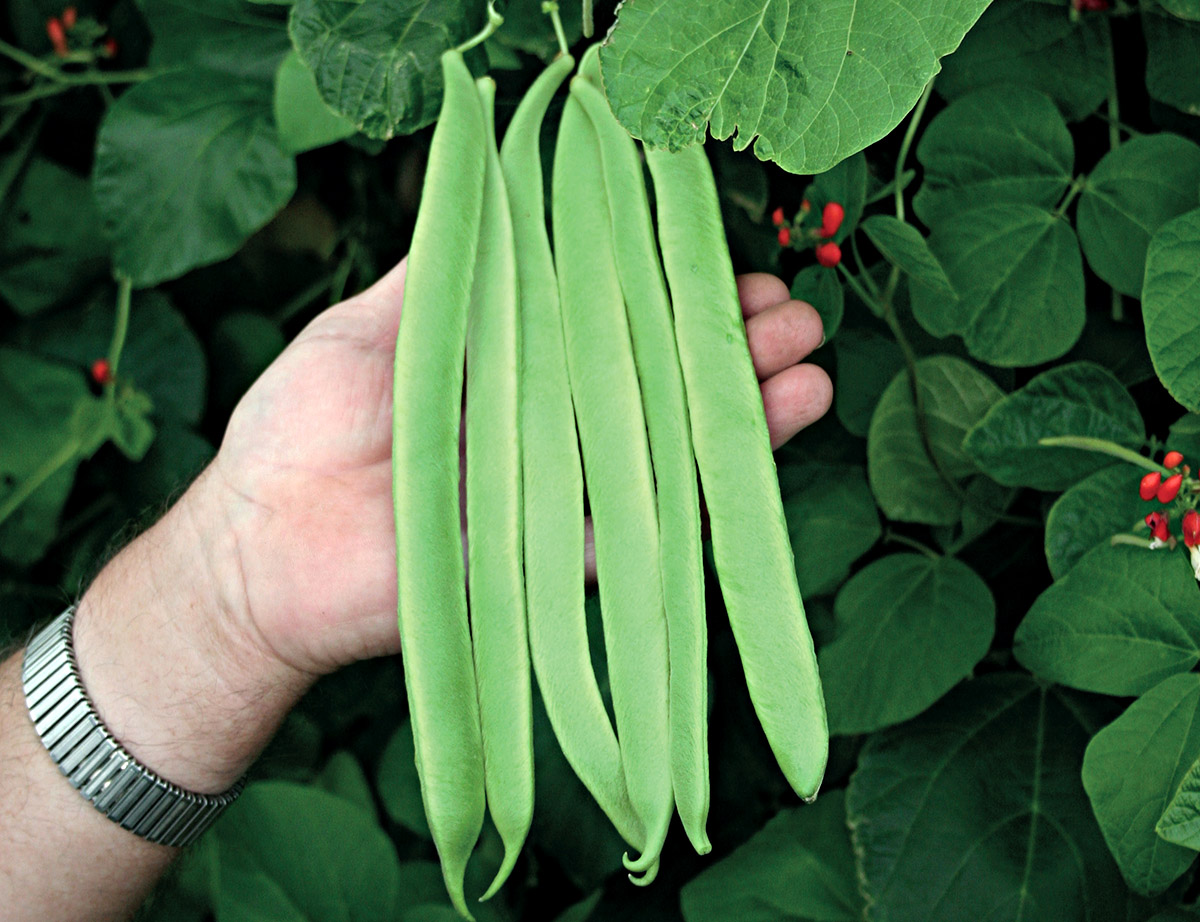

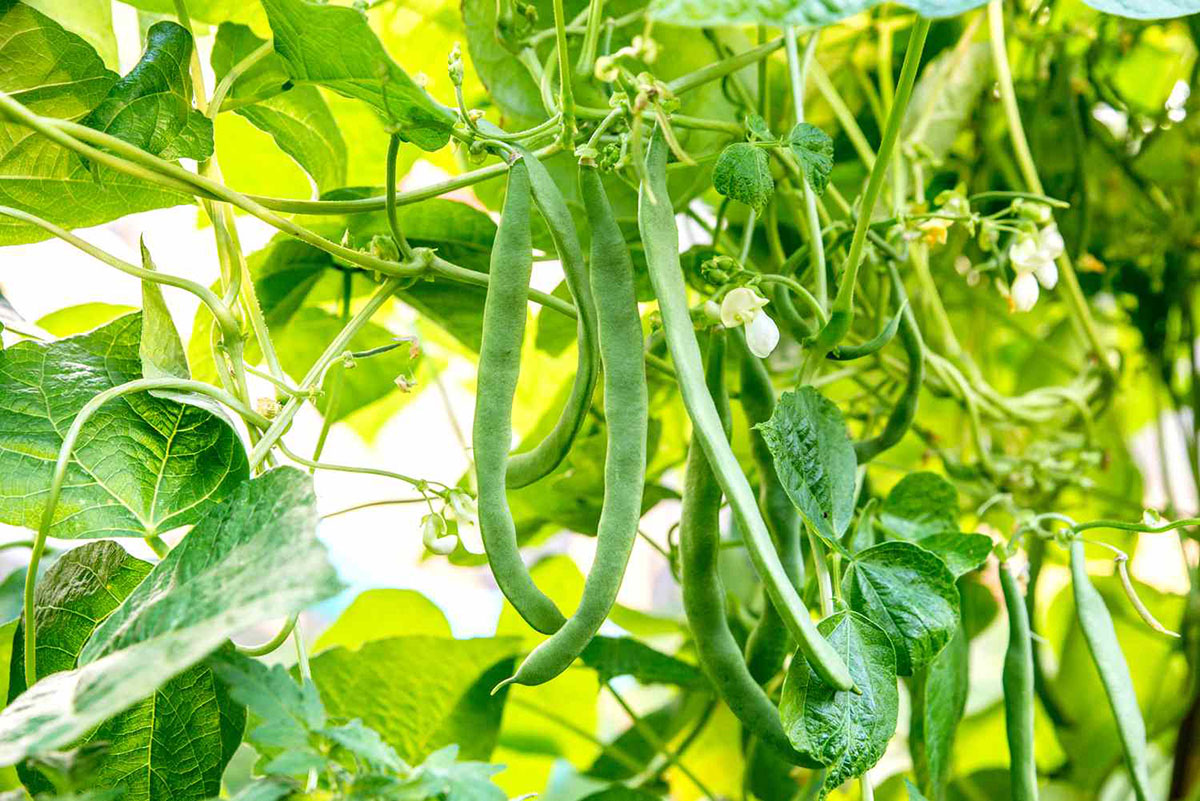
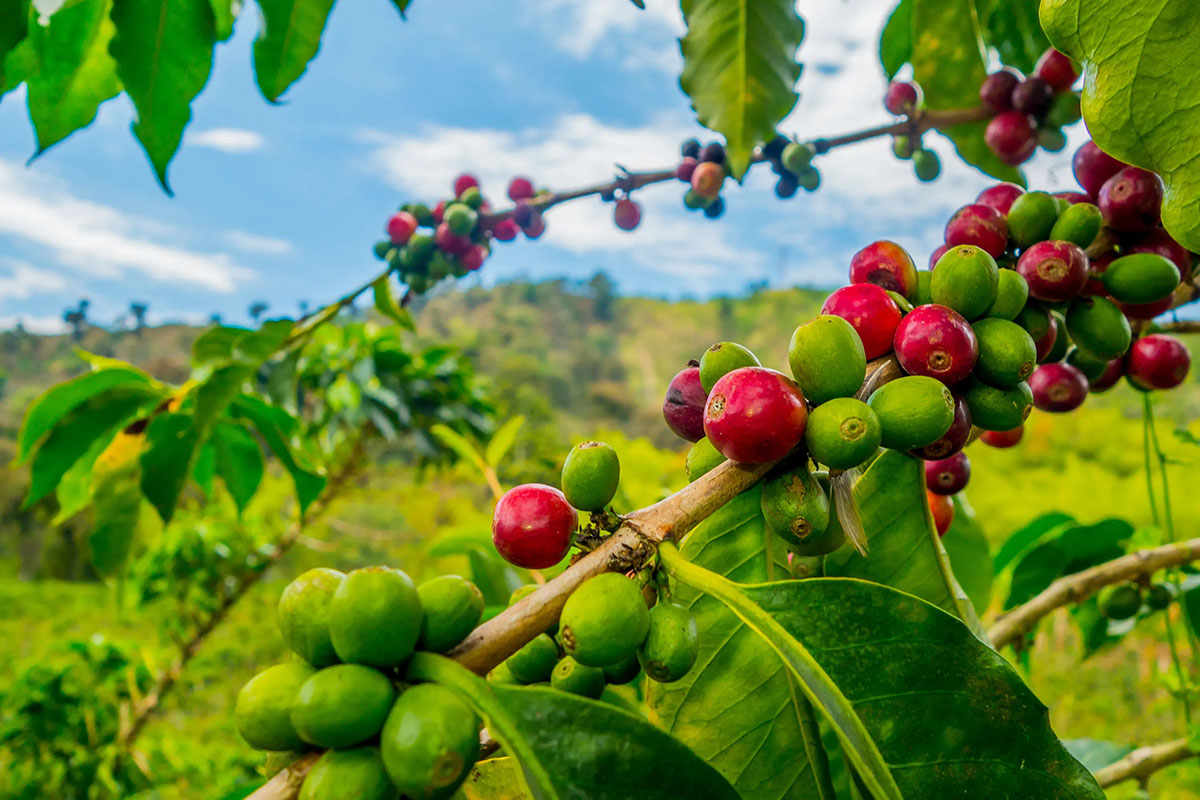
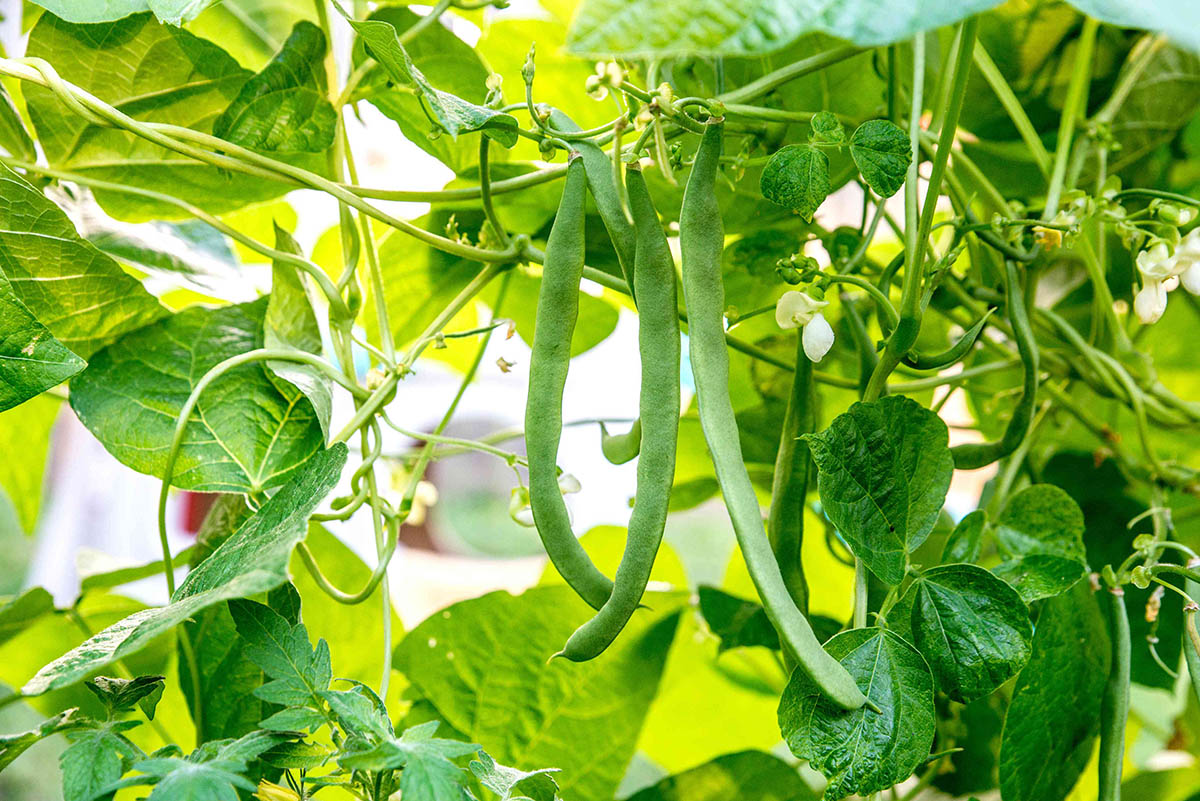







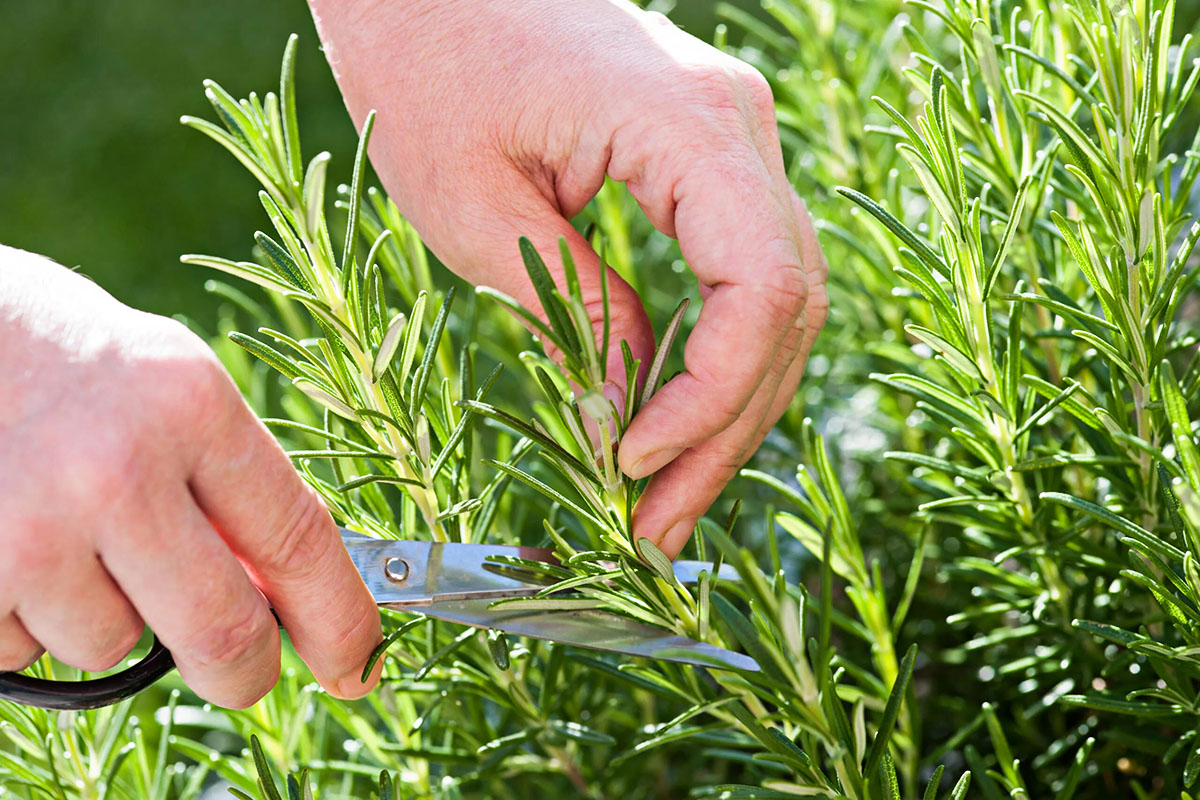


0 thoughts on “How Long Does It Take For Lima Beans To Germinate”